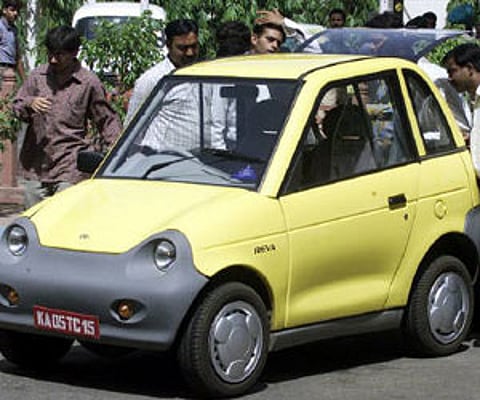

India’s electric vehicle (EV) revolution has been long in the making, at least for cars. For over half a decade, the market has been teased with one concept after another. Launch dates tantalisingly close, but just far enough away that it has been hard for prospective buyers to seriously consider them for their next purchase. However, 2019 is likely to boast a line-up of not one or two, but five fully electric cars.
While electric scooters, and the now ubiquitous e-rickshaws, have led adoption in India so far, 2019’s line-up of cars significantly expands options for car customers.
There are already some on sale, Mahindra Electric alone has two — the eVerito and e2o — but no other year has offered such a strong line-up to choose from. In the pipeline is Hyundai’s Kona SUV, Mahindra’s eKUV100, Nissan’s Leaf, Tata and Jayem’s Neo, and Tata’s Tiago and Tigor EVs.
While Hyundai, Mahindra and Nissan are set to introduce these models next year, the Neo has been going through road tests for a while with sources saying a 2019 launch is very likely. The Neo is being built through a joint venture between Tata Motors and Jayem Automotives. As for the Tiago and Tigor EVs, the latter is currently being shipped to state-run Energy Efficiency Services Limited (EESL) and sources say one of the two models is likely to be introduced for the open market next year. Albeit, in a phased manner for select cities.
With five electric cars in the pipeline, Indian customers on the lookout for larger electric options will now have a decent range to choose from. Once on the roads, however, these will need an adequate network of charging stations, and necessary support infrastructure. But, the Centre’s push to achieve its 2030 EV goal is already prompting movement on this front.
State-run power company NTPC this week signed an MoU with vehicle aggregators like Ola, Lithium, Shuttl, Bikxie, Bounce, Electrie and Zoom Car for the development and utilisation of public charging infrastructure. The company has also associated with oil firms like IOCL, HPCL and DMRC to develop public charging points. Another sticking point for electric vehicles in general has been the price, which is around 20-40 per cent costlier than conventional vehicles, even with the government subsidy.
“Although customers understand the advantages of extremely low running and maintenance cost, they are still sceptical of buying one as there are not many on the road. If somehow the industry and the government can collectively work to put the first 2 million EVs on the road, it will automatically catalyse a large scale adoption,” noted Sohinder Gill, director general, Society of Manufacturers of Electric Vehicles.
One way to do this, while also creating demand for manufacturers, would be to ask business houses who use a large number of vehicles to convert to electric. Sources say such a proposal is already under consideration, where cab companies might be asked to convert a certain percentage of their fleets to electric vehicles. “Levying a miniscule green cess on (conventional) vehicles can also create enough of a kitty to subsidise EVs,” Gill added.